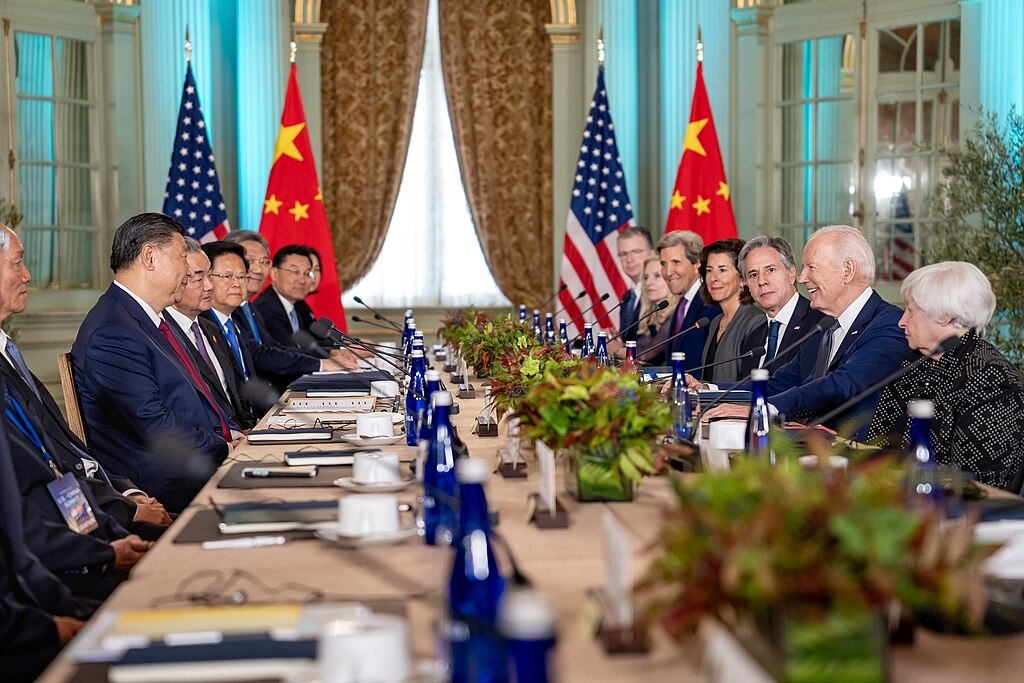2024年7月2日

Image: President Joe Biden hosts a bilateral meeting with President of the People’s Republic of China Xi Jinping, Wednesday, November 15, 2023, at the Filoli Estate in Woodside, California. Official White House Photo by Adam Schultz/Wikimedia Commons
No First Use Can Still Help to Reduce US-China Nuclear Risks
Adam Mount
July 2, 2024
This report is published under a 4.0 International Creative Commons License the terms of which are found here.
This report is simultaneously published by the Asia-Pacific Leadership Network, Nautilus Institute, and the Research Center for Nuclear Weapons Abolition, Nagasaki University (RECNA).
It was first published in the Journal for Peace and Nuclear Disarmament.
This report is simultaneously published by the Asia-Pacific Leadership Network, Nautilus Institute, and the Research Center for Nuclear Weapons Abolition, Nagasaki University (RECNA).
It was first published in the Journal for Peace and Nuclear Disarmament.
Acknowledgements: This article was commissioned by the Asia-Pacific Leadership Network.
Abstract
No first use declaratory statements are unlikely to significantly affect US-China nuclear crises. China’s nuclear buildup raises serious questions about the meaning and durability of its longstanding declaratory policy, while the United States is unlikely to issue a similar statement. However, no first use can still play an important role in reducing risks between the two countries. First, both countries can take practical planning and posture measures to reduce their reliance on nuclear first use. Second, a bilateral discussion on no first use could lead to a valuable dialogue on the role of nuclear weapons in each country. It may be more consequential to do and discuss no first use than it is to say it.
Keywords: nuclear; no first use; China
Authors’ Profile:
Adam Mount, Ph.D. is a Senior Fellow at the Federation of American Scientists, where his work covers U.S. nuclear strategy, conventional deterrence, and progressive foreign policy. He holds a Ph.D. and M.A. from the Department of Government at Georgetown and a B.A. from Reed College.
Full text (PDF) is here.
The views represented herein are the author’s own and do not necessarily reflect the institutional positions.
The page for this project is here.

















